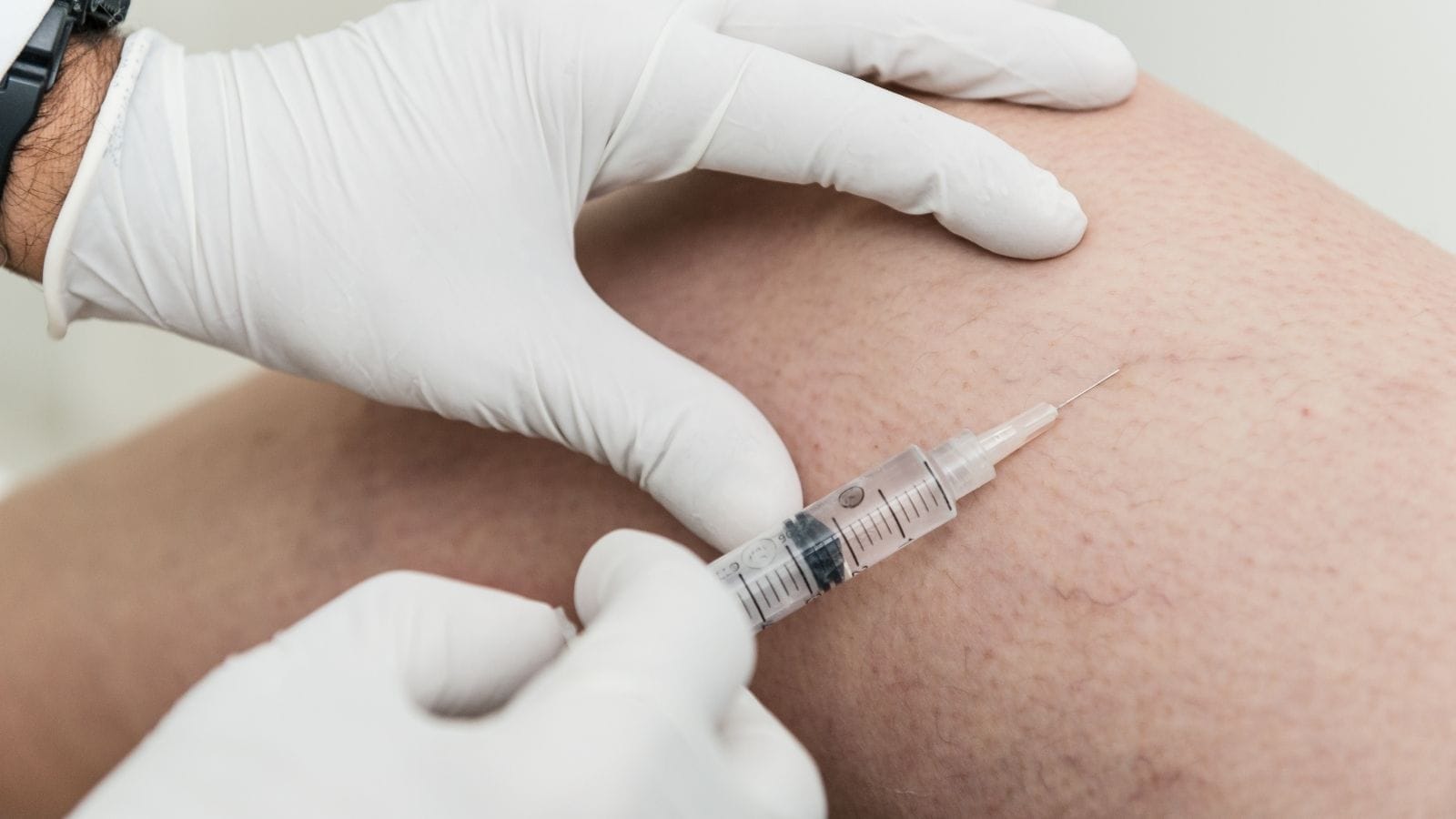Vasospasm, or vascular constriction, is the sudden narrowing of blood vessels caused by contraction of the vessel wall muscles. This condition reduces blood flow to tissues and can lead to serious complications, particularly in the brain after subarachnoid hemorrhage.
Cerebral vasospasm is one of the most dangerous forms, often leading to stroke-like symptoms. Reduced oxygen delivery causes neurological deficits, and early diagnosis is critical to prevent permanent brain damage.
Treatment approaches focus on restoring blood flow and preventing ischemia. Medications, endovascular procedures, and careful monitoring are essential for reducing the risks associated with prolonged vascular constriction.
Risk factors include trauma, certain medications, and underlying vascular disorders. Understanding triggers and early symptoms plays a key role in timely management of vasospasm.
| Medical Name | Vasospasm |
| Affected Areas | Blood vessels, especially cerebral arteries (cerebral vasospasm), heart arteries (coronary vasospasm), vessels in the hands and feet (Raynaud phenomenon) |
| Causes | Brain: Narrowing of arteries after subarachnoid hemorrhage (cerebral vasospasm) Heart: Stress, cold exposure, smoking, cocaine use, excessive alcohol consumption (coronary vasospasm) Peripheral Vessels: Cold exposure, stress, smoking (Raynaud phenomenon) |
| Symptoms | Brain: Sudden headache, neurological deficits (speech difficulties, weakness in arms/legs), loss of consciousness, signs of stroke Heart: Chest pain (angina), shortness of breath, palpitations, signs of heart attack Peripheral Vessels: Whitening, bluish discoloration, numbness, coldness in fingers or toes (Raynaud phenomenon) |
| Diagnostic Methods | Brain: Cerebral angiography, transcranial Doppler ultrasound (measuring cerebral vessel narrowing) Heart: ECG, coronary angiography, stress test Peripheral Vessels: Clinical evaluation, Doppler ultrasound, capillaroscopy |
| Treatment Methods | Cerebral Vasospasm: Calcium channel blockers (nimodipine), volume expansion therapy, intra-arterial vasodilators, balloon angioplasty Coronary Vasospasm: Calcium channel blockers (verapamil, diltiazem), nitrates, cessation of smoking and alcohol, stress management Raynaud Phenomenon: Keeping warm, calcium channel blockers, quitting smoking, stress management |
| Possible Complications | Brain: Stroke, permanent neurological damage, cerebral tissue ischemia Heart: Heart attack, heart failure, arrhythmia Peripheral Vessels: Tissue hypoxia (ischemia), ulcers or tissue loss in the fingers |
| Prevention Methods | Blood pressure control, quitting smoking and alcohol, stress management, avoiding cold, regular exercise, healthy lifestyle |
| Recovery Time | Depends on the severity and treatment; acute cases may resolve in days with treatment, but serious damage can lead to permanent neurological or cardiac problems. |
Prof. Dr. Özgür KILIÇKESMEZ Prof. Dr. Kılıçkesmez holds the Turkish Radiology Competency Certificate, the Turkish Interventional Radiology Competency Certificate, Stroke Treatment Certification, and the European Board of Interventional Radiology (EBIR). In his academic career, he won the Siemens Radiology First Prize in 2008.
Interventional Radiology / Interventional Neuroradiology
What Causes Vasospasm?
Vasospasm is the sudden narrowing of blood vessels and has various triggers. The main cause after subarachnoid hemorrhage is the breakdown products of blood, which increase calcium in smooth muscle cells, leading to contraction of the vessel wall.
Inflammatory processes can also cause vasospasm. The inflammatory response in the vessel wall causes damage and proliferation of smooth muscle cells, making the vessels even narrower. Chemicals released during inflammation further increase vasoconstriction.
Vasospasm can also result from an imbalance between vasoconstrictors and vasodilators:
- Decreased vasodilators such as nitric oxide
- Increased vasoconstrictors such as endothelin-1
Genetic and molecular factors can also increase vasospasm risk. For example, abnormalities in genes regulating vascular tone make vessels more prone to rapid constriction.
External triggers include:
- Stress
- Smoking
- Exposure to cold
- Certain medications
How Does Vasospasm Affect Blood Flow?
Vasospasm significantly affects blood flow, especially in vital organs like the brain and heart. Contraction of smooth muscle cells narrows arteries and reduces blood flow. This usually occurs under the influence of vasoactive substances such as:
- Catecholamines
- Serotonin
- Thromboxane A2
These increase calcium in vessel walls, causing contraction and narrowing the vessel lumen. Reduced blood flow can result in serious issues, especially cerebral or myocardial ischemia. In the brain, vasospasm may lead to cerebral ischemia or infarction, limiting oxygen and nutrients to brain tissue. In the heart, coronary artery vasospasm may result in angina or myocardial infarction due to critical reductions in blood flow.
Sustained vasospasm can cause structural changes in the vessel wall, including endothelial damage and thickening, which worsen blood flow and can result in permanent damage.
*We recommend filling out all fields so we can respond in the best possible way.
What Are the Symptoms of Vasospasm?
Symptoms of vasospasm vary and depend on the affected vessel. In the brain, cerebral vasospasm usually presents with severe headache, described as the worst headache ever. Neurological deficits can also occur:
- Weakness or paralysis on one side of the body
- Speech difficulties
- Vision disturbances
Changes in consciousness such as confusion or disorientation are common. In severe cases, loss of consciousness or coma may occur. The risk of seizures increases due to reduced blood flow.
Coronary vasospasm can cause:
- Chest pain
- Shortness of breath
- Dizziness or fainting
- Palpitations or irregular heartbeat
- Pain radiating to arms, neck, jaw, or back
Systemic vasospasm can manifest as coldness and numbness in various parts of the body, with possible color changes in the skin and pain due to reduced blood flow.
How Is Vasospasm Diagnosed?
Diagnosis methods include:
- Digital Subtraction Angiography (DSA): Direct imaging of cerebral arteries
- Transcranial Doppler Ultrasound: Measures blood flow velocities—an increase may indicate vasospasm
- CT Angiography and MR Angiography: Help identify vessel narrowing
- CT Perfusion Imaging: Evaluates cerebral blood flow and volume, critical for detecting at-risk regions
- Electroencephalography: Detects early signs of cerebral ischemia
What Are the Risk Factors for Vasospasm?
Risk factors vary with demographic, clinical, radiological, and genetic features. Young patients, especially those under 50, and females are at higher risk. Severe subarachnoid hemorrhage, early neurological deficits, hypertension, and substance abuse increase the likelihood of vasospasm. Radiological factors include large clot volume and specific aneurysm locations. Patients who receive endovascular therapy may have varying risks depending on treatment timing and type. High levels of inflammatory markers and specific genetic predispositions also increase susceptibility.
How Does Vasospasm Trigger Ischemia?
Vasospasm involves the sudden and sustained narrowing of cerebral vessels, severely restricting blood flow to brain tissue. It often starts after subarachnoid hemorrhage due to the damaging effects of blood breakdown products on vessel walls, which increase the release of vasoconstrictors and activate inflammatory pathways. This causes contraction of smooth muscle cells, narrowing the vessel lumen and reducing blood flow.
Persistent contraction leads to structural changes, such as endothelial damage and thickening, making the narrowing permanent and increasing the risk of ischemia. Reduced vessel diameter prevents sufficient oxygen and nutrients from reaching brain tissue, resulting in ischemia and infarction, potentially causing serious neurological deficits or death.
Endovascular techniques: In refractory vasospasm, intra-arterial vasodilators can be injected during angiography. If ineffective, balloon angioplasty may be used to mechanically open vessels and restore blood flow.

Girişimsel Radyoloji ve Nöroradyoloji Uzmanı Prof. Dr. Özgür Kılıçkesmez, 1997 yılında Cerrahpaşa Tıp Fakültesi’nden mezun oldu. Uzmanlık eğitimini İstanbul Eğitim ve Araştırma Hastanesi’nde tamamladı. Londra’da girişimsel radyoloji ve onkoloji alanında eğitim aldı. İstanbul Çam ve Sakura Şehir Hastanesi’nde girişimsel radyoloji bölümünü kurdu ve 2020 yılında profesör oldu. Çok sayıda uluslararası ödül ve sertifikaya sahip olan Kılıçkesmez’in 150’den fazla bilimsel yayını bulunmakta ve 1500’den fazla atıf almıştır. Halen Medicana Ataköy Hastanesi’nde görev yapmaktadır.









Vaka Örnekleri